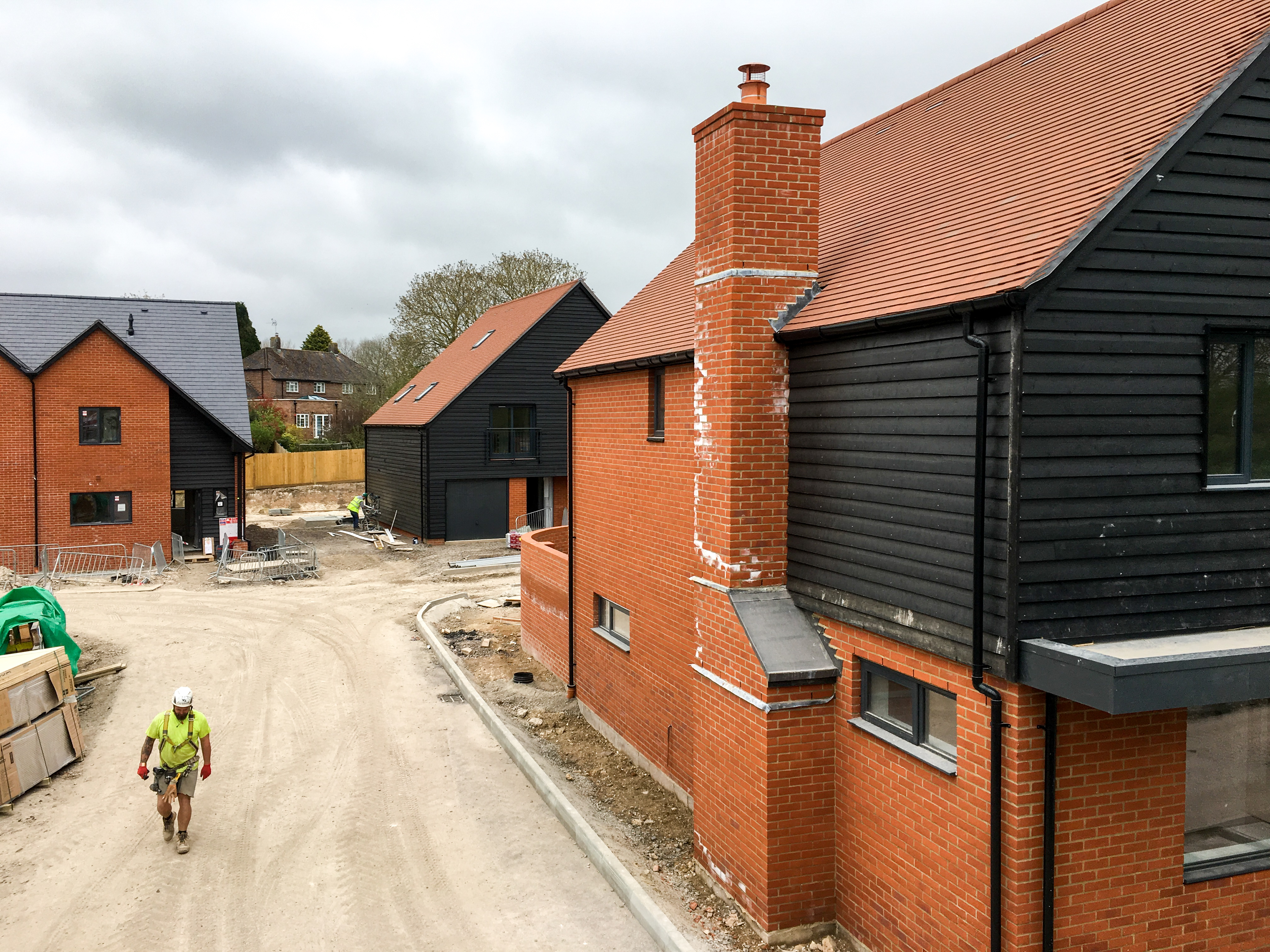You are here: In a new build home, how much control do I have over décor?
Buying either off plan, or before a new-build house is completed, gives you the opportunity to influence the finish – but how far can you go? A builder’s last job – after construction and fit-out – is to decorate your new home. The result, traditionally, is a sea of magnolia paint and the minimum number of tiles behind each sink to act as a splashback. Aside from the fact that buying paint by the gallon cuts costs, there’s a very good reason for this: magnolia is inoffensive, and light enough to be easily painted over if completion doesn’t go through.

But there is no reason to go along with this decades-old convention: get in early enough, and you’ll have a say in the overall décor yourself. As homebuilder Bovis Homes explains, “from the colour of your carpet to the type of worktop in your kitchen, you’ll be able to develop and design the perfect house for you and your family.”
Whether it is a single feature wall in the lounge or a longer stretch of tiles in the bathroom, simple amendments booked in early should have no impact on completion, while giving the sales office leverage to close a deal. You want to change the mixer tap, have dimmer switches and three double plugs? Not a problem.
There are limits
Expect some push-back if you try and take things too far though. Your choice of ultra-modern door handles might not be to everyone’s taste, and the housebuilder must remain mindful of what would happen if the sale falls through. Yes, it can use your deposit to swap those handles for something with broader appeal, but that takes time and, if the trades have left site, they will have to be brought back to neutralise your preferences.
Where a change would be visible from outside, your choice could be further restricted by planning conditions, although compromise may be possible. Switching plain double glazing for leaded lights might be pushing it, but split tone uPVC frames, with wood print on one side and plain white on the other, are both commonplace and a simple way to affect a change within the house while remaining compliant without.
Considerations for certification
Internal restrictions may apply on houses built to eco specification. Smaller baths and low-flow toilets, taps with aeration filters, long-neck CFL replacement bulbs, which can be slower to warm up, and G23 light fittings, the bulbs for which you’ll do well to find on the high street, may all be prescribed within the bill of materials – but there would be nothing to prevent you from swapping them out post sale. Indeed, if you are working with a smaller builder, they may agree to keep the trades on site for an extra day or two post-completion to do the work for you. By then, your home will no longer be a house under construction, and responsibility for its fitting and paying is yours.
It doesn’t hurt to ask
There are few instances where a reasonable builder would overrule your design choices entirely, which is good news, as it helps you avoid the close-to £13,500 new home owners spend on adapting a house to their own tastes.
Remain mindful when discussing the finish or the cost of replacing standard fittings, like laminate worktops, with something more expensive, like marble. Adding the extra cost to your mortgage will likely be less expensive than taking out a separate loan, so long as your mortgage provider is in agreement.
Negotiate with your builder and remember that, ultimately, they will do whatever they can to close the sale – within reason.
Builders
Find local help with a building project
Snagging Surveys
Find local experts and compare prices
Building Surveys
I want a local surveyor to do a Building Survey for me
Homebuyer Survey
I want a local surveyor to do a homebuyer survey for me
Home Condition Surveys
Find local experts and compare prices